Copperheads tend to be darker and have be seen on the top of the head a distinctly coppery colored head Some harmless species, like the Garter Snake also have these Fig 1 = scale pattern under tail of harmless snake Hershey's Kisses and Copperhead pattern comparison Fig 2 = scale pattern under tail of CopperheadThe flanks have a series of dark brown spots Distribution Nix copperhead Copperhead bands are hourglass shape and I've never seen one over 3 feet long Yeah, ones a milk snake They're mellow/ You can hold those hard to tell, I think the other is an eastern garter snake We have two kinds of garter snake in PA The shorthead garter snake has brown and cream colored stripesIt' obviously not that one

Spare The Snakes Know These Six Serpents Virginia Mercury
Baby copperhead belly pattern
Baby copperhead belly pattern-Explore Rick Carter's board "Copperhead Reference Pictures" on See more ideas about snake venom, snake, reptile snakesCopperhead The broad, alternating darkandlight bands of copperheads (Agkistrodon contortix) look different from the patterns on other snakes, resembling an hourglass when viewed from above, with the thin section of the hourglass over the top of the back There are three different subspecies of copperheads in Texas,




How To Identify A Baby Copperhead Snake 10 Key Features Survival Freedom
Basic description The average adult eastern copperhead is 2236 inches long (5691 cm) in total length This snake is stoutbodied with a distinctive hourglass pattern of broad light brown and dark brown crossbands The coloration of juveniles is similar to adults, except that the tail tip of newborn copperheads is bright sulfur yellow The adult copperheads have this marking all over their body, while the baby copperheads have the hourglassshaped band only till their tail The belly of the snake is lighter than the rest of the body and has a rough patchy look Some of them have dark smudge like markings with spots on the side of the belly Officials want to remind people to watch out for baby copperheads, as this is the time of the year the venomous snakes are having babies Copperheads are one of the few venomous snakes found in
The belly has a black and white checkerboard pattern A Yshaped or Vshaped lightcolored blotch is usually present on the nape of the neck The milksnake is a true constrictor Copperheads, however, only have one row of ventral scales all the way down to their tail tip Copperheads' undersides are creamcolored, with dark brown uneven blotches that can sometimes look like a checkered pattern Head Shape Copperhead snakes have wide, triangular or arrowshaped heads, similar to other pit vipers like rattlesnakesEven though only 01% of cases are fatal, baby copperhead's bites are painful Actually, in most cases, people bitten by baby copperheads don't have to neutralize the venoms with antivenoms However, people with low immune systems, infants, and the elderly might need emergency medical assistance if they are bitten
You will probably find the pygmy rattler in the summertime You may hear a soft buzzing sound from the tiny rattle on the end of the snake's tail The sound only becomes audible when a snake is a few feet (about 1/2 meter) away The snake ranges from 15 to 30 inches (38 to 78 centimeters) in length Pygmy rattlesnakes are a species of pit viper The typical litter of copperheads is five to eight snakes, but 15 is possible Thankfully, the young snakes are easy to identify The baby copperheads are about seven to eight inches long The coloration is very similar to the adults in they are usually light brown or reddish in appearance Just be warned, some younger snakes can appear darkBehind head and belly has large, black halfmoon shaped spots down the Close midline Northern Ringnecked Snake Back is a uniform dark gray, bluish black or brown Has creamtoyellow or orange neck collar and yellow belly, which may grade to red towards the tail Has complete neck ring and belly has no or small black spots down the y midline




Yes Copperheads Eat Cicadas No You Re Not Likely To Encounter The Venomous Snakes In Your Maryland Community Baltimore Sun
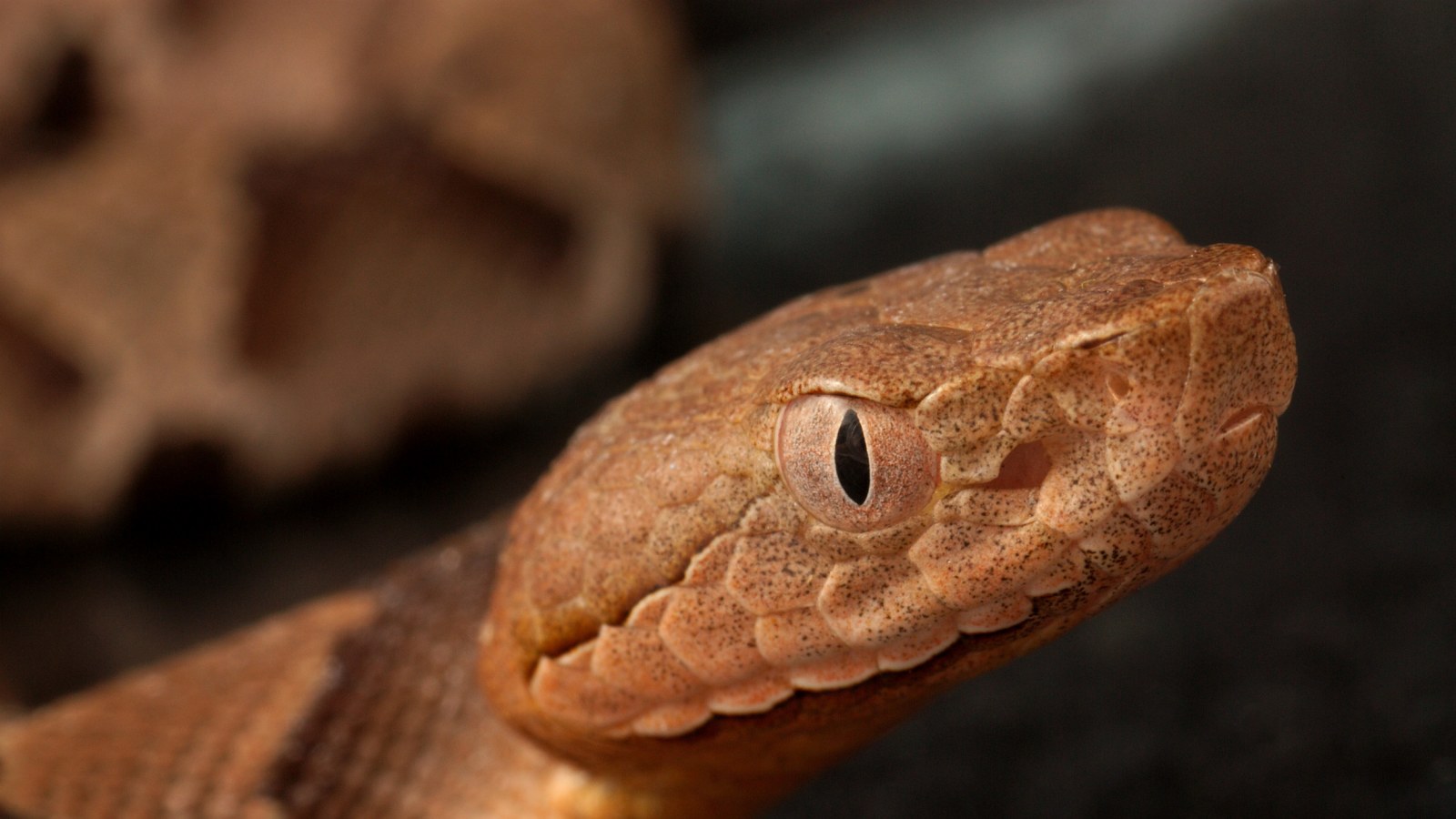



It S Baby Copperhead Snake Season Here S What You Need To Look Out For
Biologist says be on the lookout for baby copperheads The copperhead varies in color from pink to tan, with dark brown spots down its body These snakes can reach a length of 4 feet, but adultsBaby copperhead snakes are born 7 to 9 inches long with a copperhead pattern on their head and body and look very similar to the adults!However, young copperheads will be greyer and have a bright yellowcolored tail They also have a lighter, patchy belly with dark markings The coloration of the copperhead's underbelly is usually




Snakes Of Pennsylvania 21 Species 3 Of Them Venomous Pennlive Com
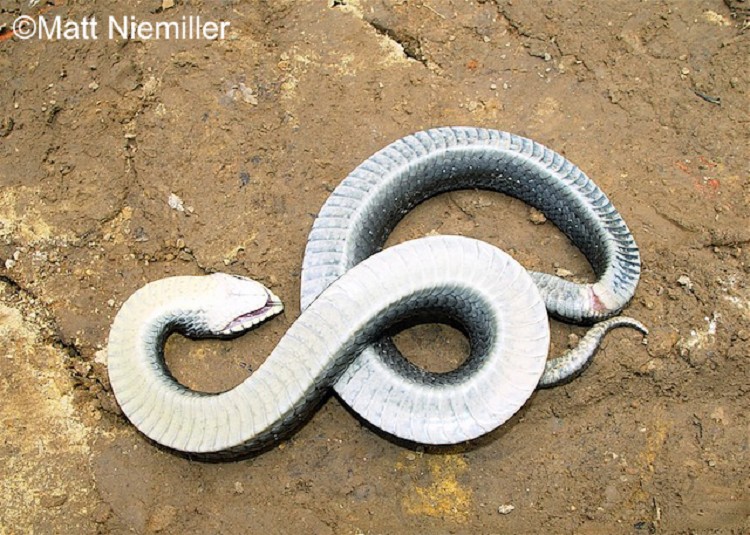



Eastern Hog Nosed Snake State Of Tennessee Wildlife Resources Agency
Baby copperheads look almost the same as adult copperheads in pattern and coloring, but may have a yellowcolored tail or dark head at birth Also, young copperheads may be more gray in color than adult copperheads The belly of the copperhead is usually lighter than the rest of the body, and it often has a rough or patchy look to it(The best way is to follow the belly rule above) This is a Baby Northern Copperhead (Agkistrodon contortrix mokasen) (Notice the tip of the tail is a Bright Yellow All baby Copperheads & Cottonmouths have this) All of our Pit Vipers give birth to live young they do not lay eggsA baby copperhead, Agkistrodon contortix Like others have pointed out, the dead giveaway is the brightly colored tip on their tail The purpose of this brightly colored tip is interesting The baby copperhead will coil itself up and wiggle its ta




Copperhead Snake The Australian Museum
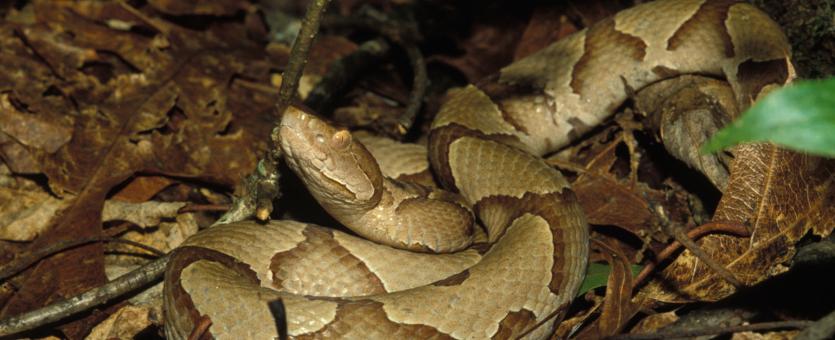



Eastern Copperhead Missouri Department Of Conservation
Length 50–95 cm (–37 in) Color Paletan to pinkishtan ground color, covered with 10 to 18 light tan to pinkish tan to pale brown crossbands with darker edges; The belly is the same color as the body However, there are cases where the belly is slightly lighter Copperhead snakes have crossbands – darker stripes that make a crossing pattern These patterns never touch the belly and stay on their backs instead There are ten to eighteen crossbands for the average adult CopperheadHowever, the Osage Copperhead has more



Q Tbn And9gct5lprvbvexozgumwh 4kr5vsja5lc6celp Kc2izaafgzuqufm Usqp Cau
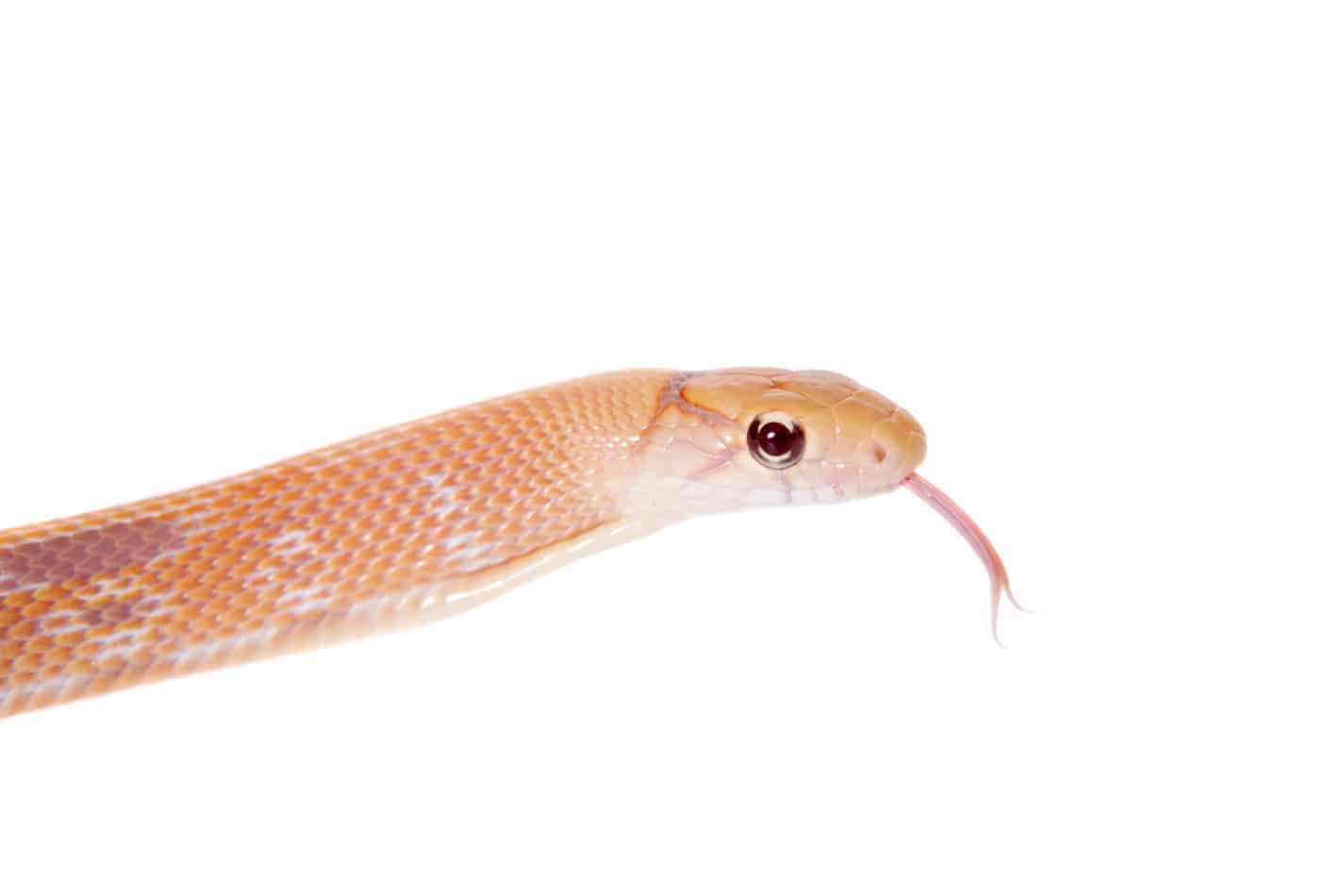



Baby Copperhead Snake Identification Guide Look For These 5 Things Embora Pets
Northern Copperhead neonates (newborns) and yearlings These young copperheads have the same pattern as the adults the hourglass pattern However, they have one extra feature a greenishyellowtipped tail! The belly coloration is variable but is usually a mottled brown color But first, here are the key factors you'll want to look out for when identifying a baby copperhead snake A spade shaped head If you are in North America, brown snake is the common name for Storeria, aBaby copperheads have a grayish coloration, and the tips of their tails are sulfuryellow This yellow color gradually fades as the snake grows older The baby copperhead uses "caudal luring" to wave its yellow tail tip to attract insects Baby copperhead snakes have a diamondshaped head, just like the adults
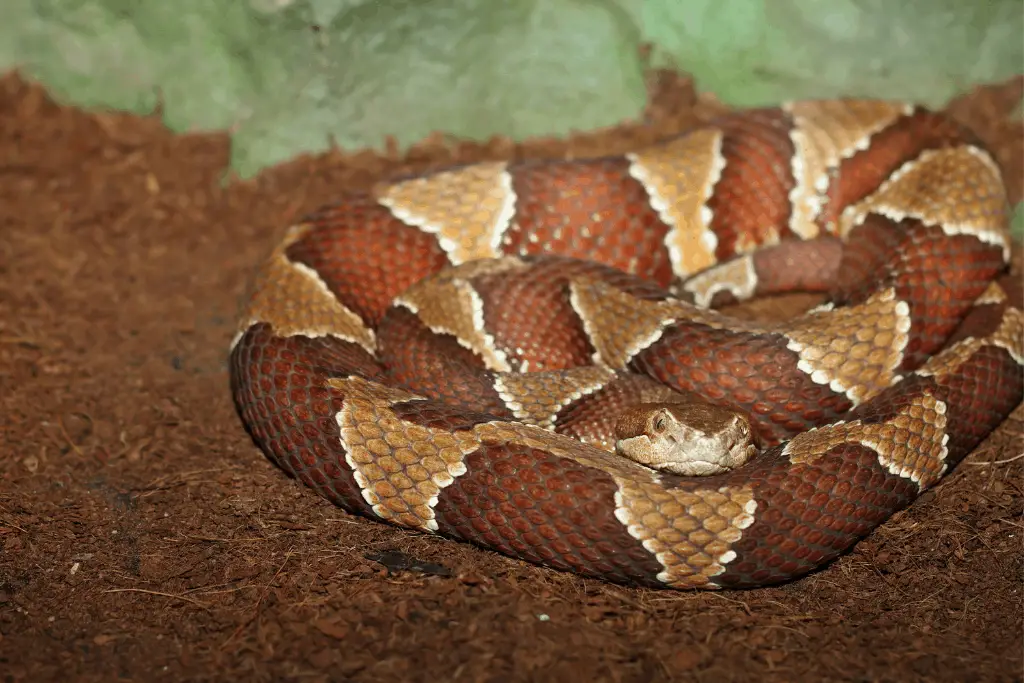



What Do Baby Copperhead Snakes Look Like Reptilia Planet
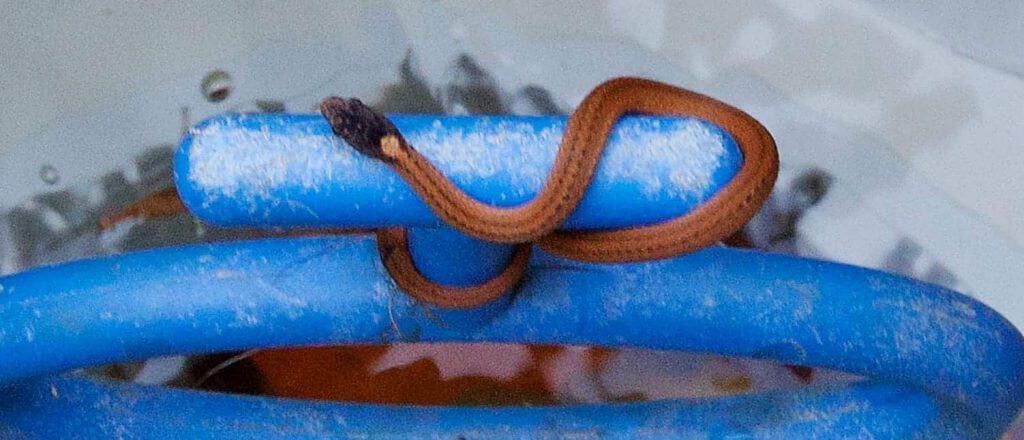



Baby Copperhead Snake Identification Guide Look For These 5 Things Embora Pets
Copperheads live near creeks and rivers, under shrubs and vegetation, in wood piles, in gardens, sheds and under porches and decks Baby copperheads are not more dangerous or venomous than adults, but their small size makes them hard to see and can attract children and pets, states The Missouri Department of Conservation I was spreading some wood mulch and down in the middle of the dump truck load of chips, we found a baby copperhead, about 34 inches long Classic copperhead pattern, and a bright yellow tail that looked like something on a fishing lureAdults reach lengths of 3 to 4 ft and often are heavybodied The color pattern is variable, but the backs of adults are usually drab brown or olive with darker crossbands The belly is a combination of dull yellow and brown and the underside of the tail usually is black




Baby Copperheads How To Identify Them And Get Rid Of Them




Identifying Copperhead Snakes Home Garden Information Center
What color is the belly of a baby copperhead?Copperhead Northern Water Snake Timber Rattlesnake Brown Snake Worm Snake Ringneck Snake Smooth Earth Snake Rough Earth Snake VENOMOUS Southern Hognose Eastern Hognose NORTHERN Black Phase BANDED REDBELLIED Title PowerPoint Presentation Author Ron Bowling Created DateSome parts of the belly may be whitish;



Copperheads And Similar Looking Harmless Species
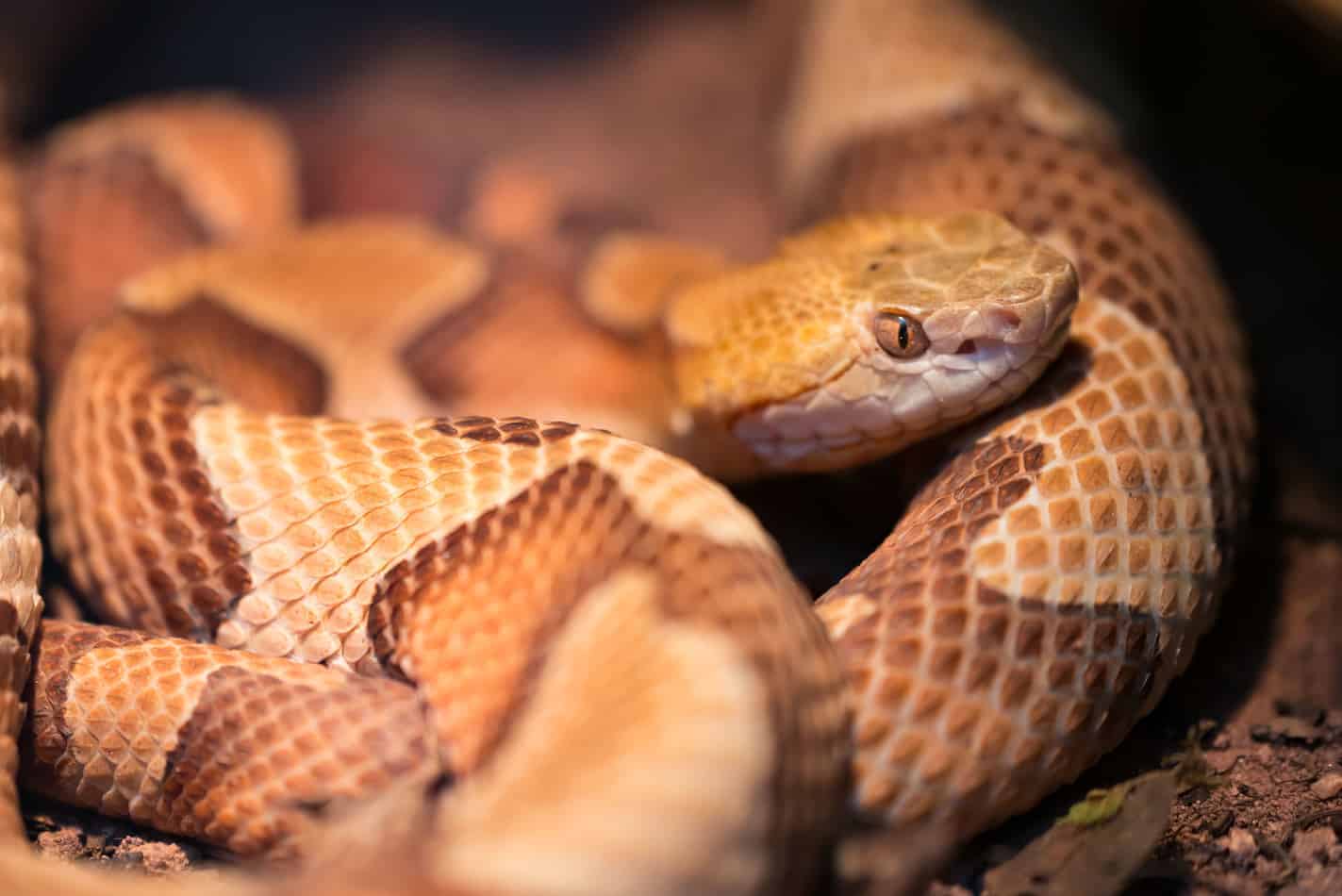



These 5 Snakes Look Similar To Copperheads Embora Pets
The Copperhead Under rhododendrons along the Blueridge escarpment, in piedmont woodlots, and along fence rows in rural gardens, the copperhead abidesCertainly it does well in expansive wilderness, but it only needs 1 or 2 acres of habitat, a healthy population of whitefooted mice, and a place to layup in the shade, and it will surviveThe last inch or so of young copperheads is a different color and used as a lure to attract their prey (frogs) Brown snakes and copperheads have quite different coloration and patterns, however, according to the Savannah River Ecology Laboratory Copperheads have distinctive hourglassshaped bands on their




How To Identify The Copperhead
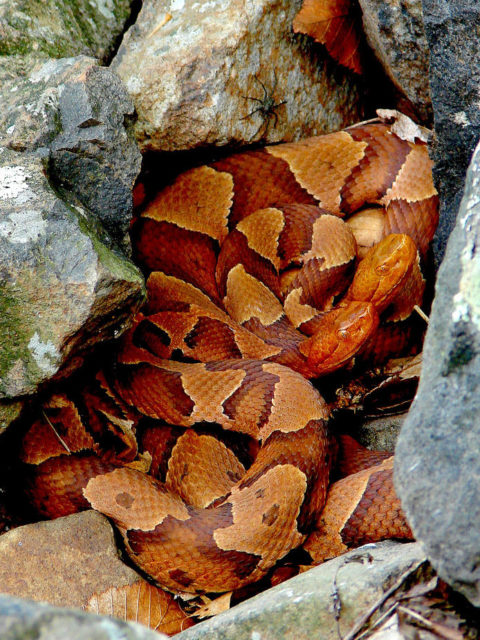



Snake Species Of Ohio At A Glance Trekohio
There is little difference visually between the Broad Banded Copperhead and the Transpeco other than that the latter will tend to feature a strongly patterned belly compared to the former's less defined, plainer belly Finally, the Osage Copperhead is similar in pattern to the Northern Copperhead; An adult copperhead's average length ranges between 2 to 3 feet but can reach 4 feet Since the copperhead is a pit viper, you'll notice a very distinctive triangularshaped head Some people call it an "arrowheadshaped" head These wider parts of the head allow for space to fit the snake's fangs and venom glands Pattern and CamouflageTo one familiar with the species, ordinarily each snake is immediately recognizable as a copperhead and as a member of the northern subspecies, noticeably differ
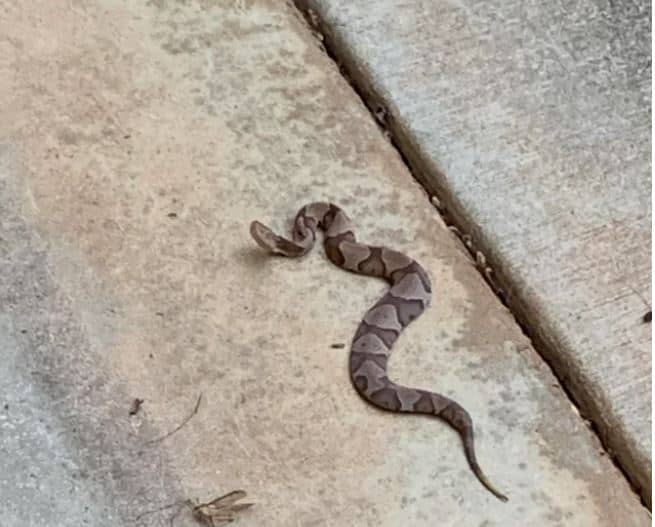



How To Identify A Baby Copperhead Snake 21 Pictures



Q Tbn And9gcq3hr I0oi38fw2rzaqp Fhynyy5dluaswkngl1yt4fngf Lgrw Usqp Cau
Baby copperheads look almost the same as adult copperheads in pattern and coloring, but may have a yellowcolored tail or dark head at birth Similar Questions Baby copperheads are lighter tan in color and have a pinkishbrown hourglass pattern The darker patterns are skinner at the top and go wide at the side The young copperhead snakes look just likeBaby copperheads often have a bright yellow tail tip This is an incredibly unique trait and that alone should make you assume the snake is indeed a venomous copperhead Don't get cute with this identifying marker If it looks faint yellow, or yellowgreen, or whatever, assume it's a copperhead
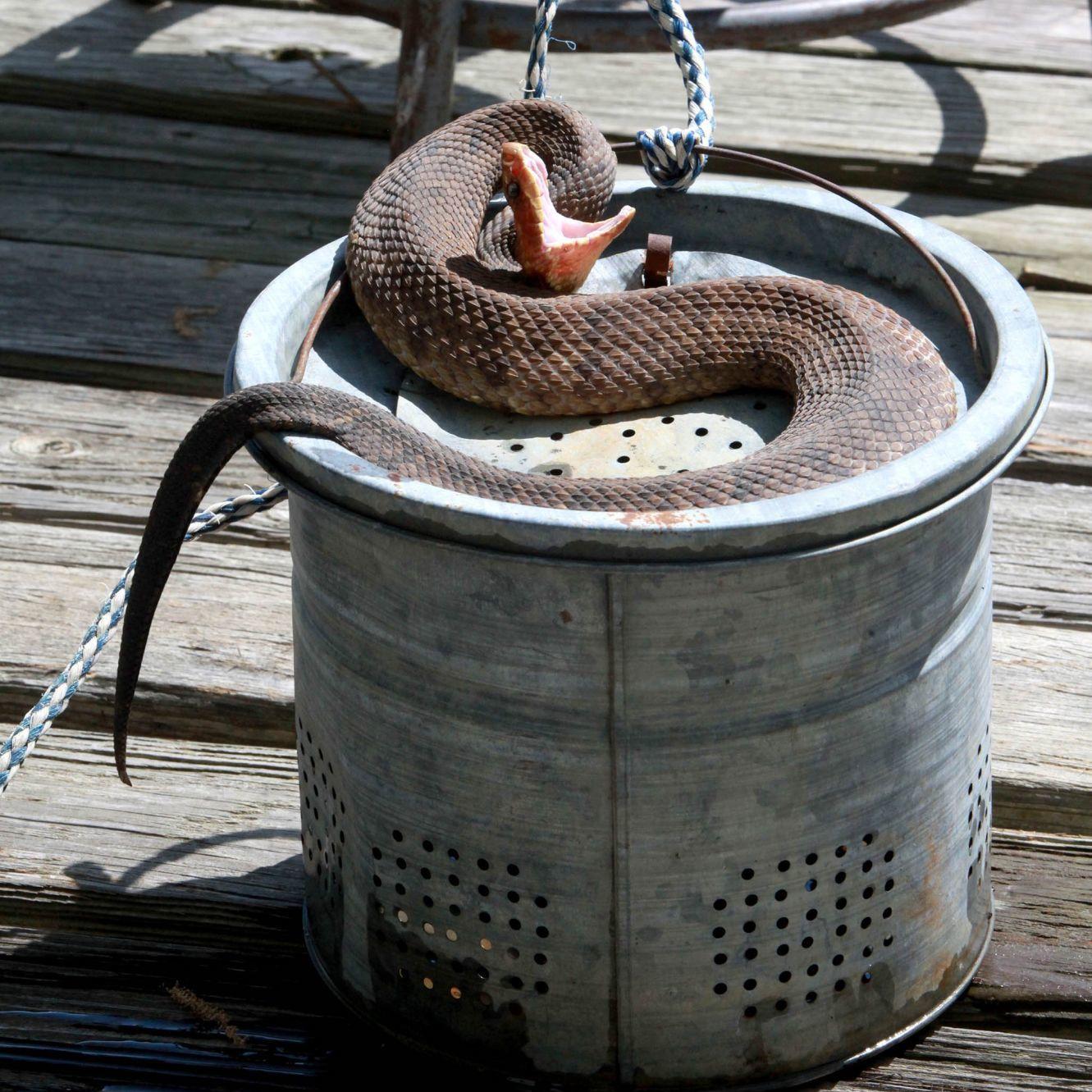



Kelly Bostian Know The Difference Between A Water Snake And A Cottonmouth Before Going Outdoors Sports News Tulsaworld Com
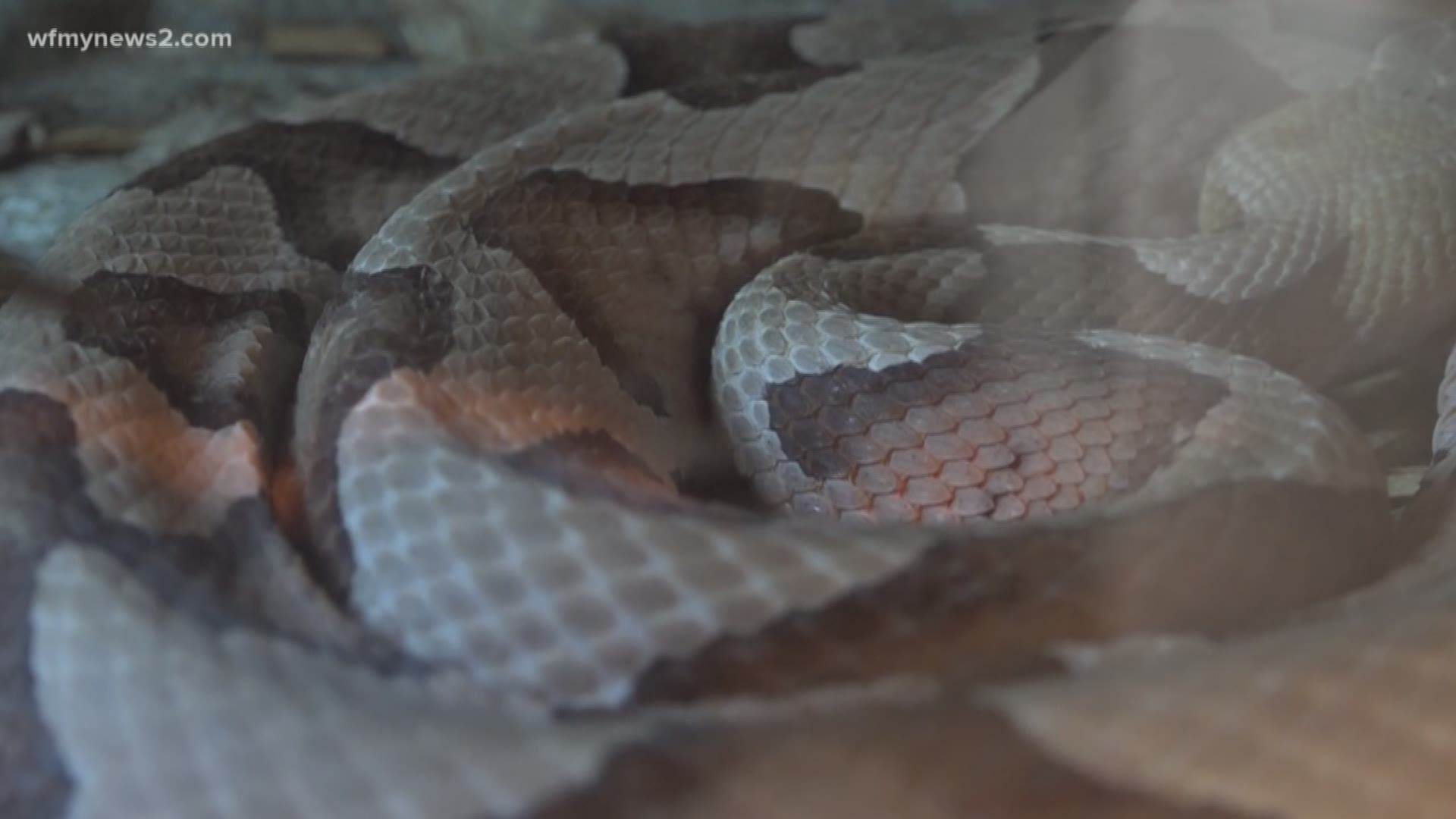



Watch Out For Baby Copperhead Snakes Wfmynews2 Com
Many snakes of the same species can vary with patterns/looks, including copperheads Baby Copperhead Belly Generally, the belly is beige to darker – but because copperhead snakes tend to move around when scared or startled, you might have better luck looking at some of their other physical featuresDescribes the overall shape of the snakes body Has a Facial Pit Any No Yes Indicates whether the snake has a facial pit (only in vipers) Back Pattern Any Banded Blotched Solid Color Striped Describes the primary markings/patterns on the back of the snake Belly PatternFig 1 Patternless adult male copperhead and normal adult female Although there is some variation in color and pattern, the general appearance is much the same in different individuals;
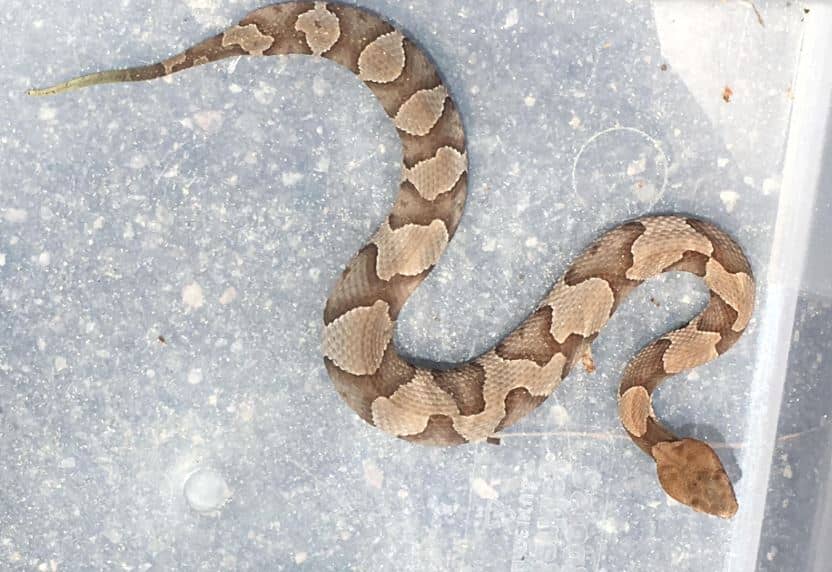



How To Identify A Baby Copperhead Snake 21 Pictures



Water Moccasin Information Facts
Copperheads feed on small mammals, frogs, lizards, birds, and even insects (cicadas) Copperheads are venomous They will strike and inject venom into prey, either holding until venom takes effect or releasing and tracking the dying animal by following an odor trailBaby copperhead snakes are typically paler in color than adult copperhead snakes However, patterning is quite the same, regardless of the snakes' stage of development In the wild, while the mating season is at its peak from February – May and from late August – October, male copperheads engage in dramatic affairs, some of which areHi James, you can identify baby Copper heads by their color, and their color is greyish, 810 inches in length They still have the same distinctive triangular shaped head that most pit vipers have but don't have that thick build like their parent




How To Identify A Baby Copperhead Snake 10 Key Features Survival Freedom
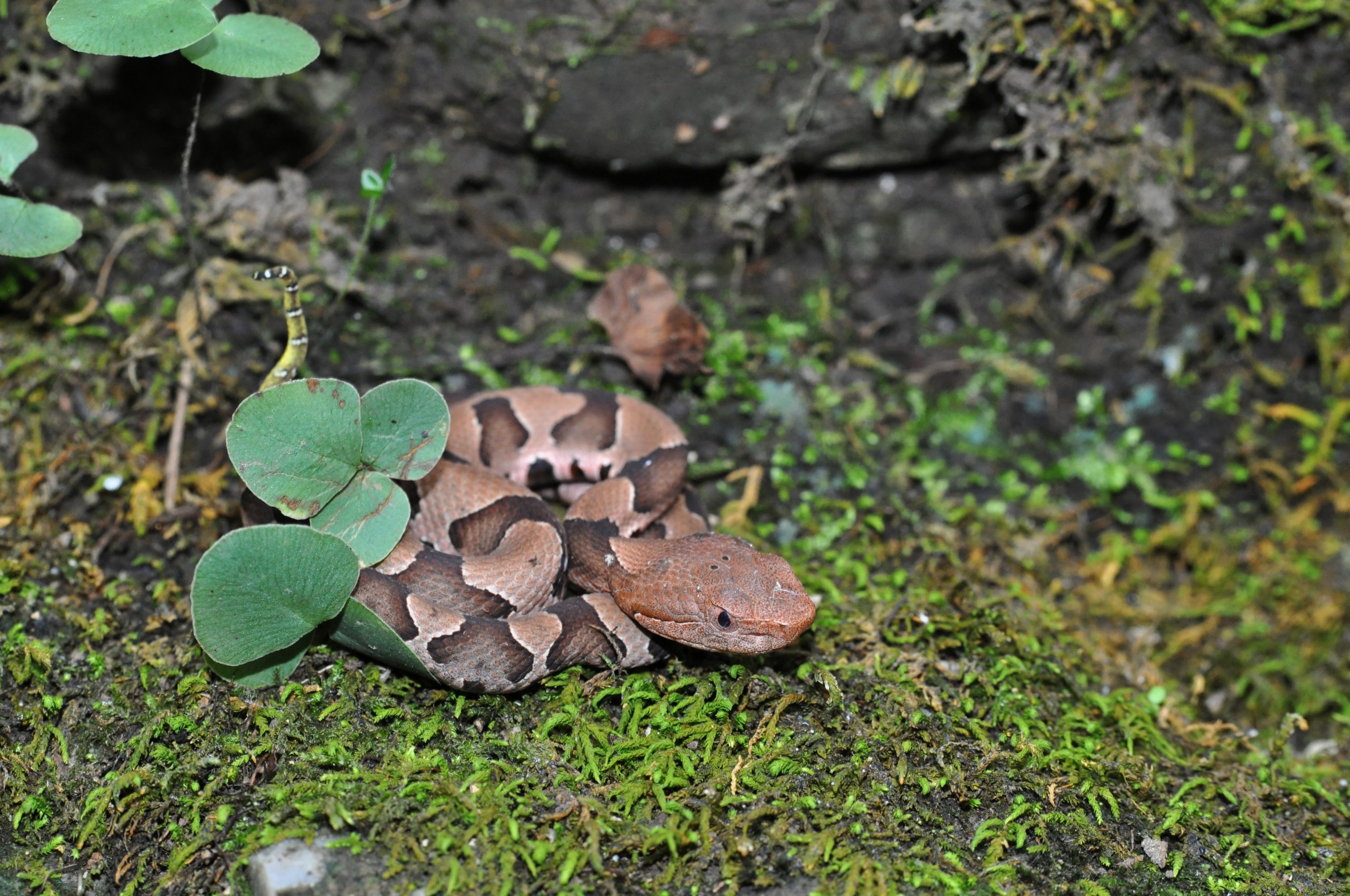



How To Identify A Baby Copperhead Snake 21 Pictures
Answer (1 of 14) BotheredByBeesAgkistrodon contortrix is a species of venomous snake found in North America, a member of the Crotalinae (pit viper) subfamily Common names for the species include Copperhead and moccasinAdults usually grow to a total length of 5095 cm, although some may exceed 1 m Males are usually larger than females The maximum length reported forA really good picture of this is the one off to the right here This is a young venomous copperhead snake, and a lighter shade than what most people think of when it comes to copper, tan, brown, etc Notice the yellow tail on this one – a clear indication that this is a young copperhead that is less than a year old This picture also shows a pretty good "hour glass" that is really thin Copperheads have a distinct pattern that stays uniform throughout their lives Their markings are dark brown in color The bands are thin over their spine and widen as they approach the sides of the belly When observed from above, this pattern looks like dark hourglasses When seen from the side, it looks like a row of Hershey's Kiss
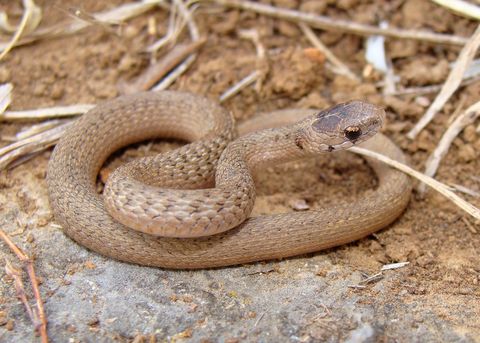



Facts About Brown Snakes Live Science
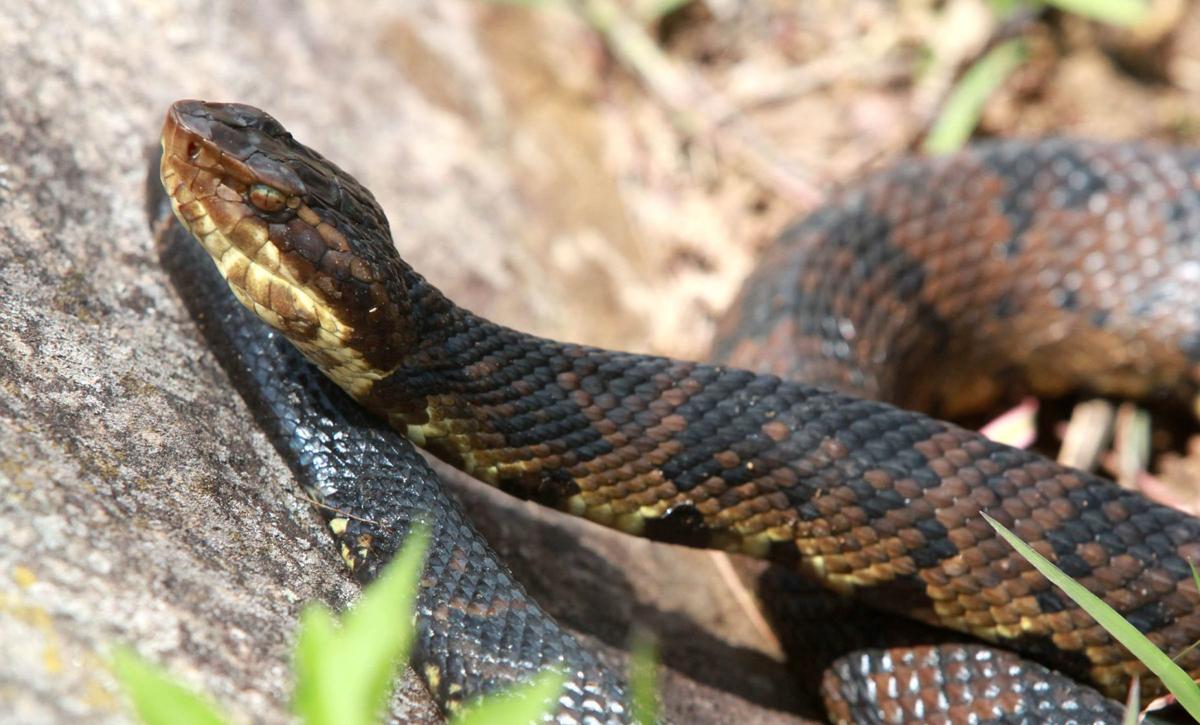



Kelly Bostian Know The Difference Between A Water Snake And A Cottonmouth Before Going Outdoors Sports News Tulsaworld Com
Baby copperheads look almost the same as adult copperheads in pattern and coloring, but may have a yellowcolored tail or dark head at birth The belly of the copperhead is usually lighter than the rest of the body, and it often has a rough or patchy look to it




Spare The Snakes Know These Six Serpents Virginia Mercury



Www Ncwildlife Org Portals 0 Learning Documents Profiles Reptile Copperhead Wildlife Profile Final Pdf
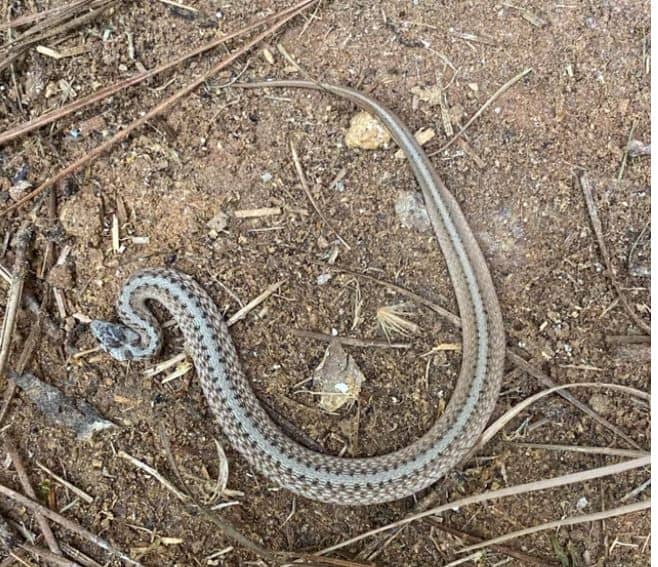



How To Identify A Baby Copperhead Snake 21 Pictures
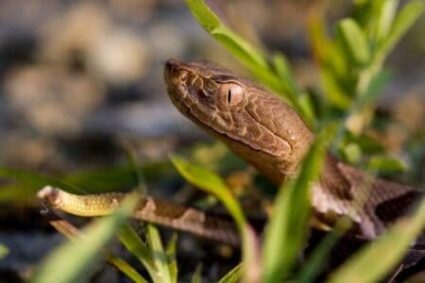



What A Copperhead Snake Looks Like With Pictures




Corn Snake Wikipedia
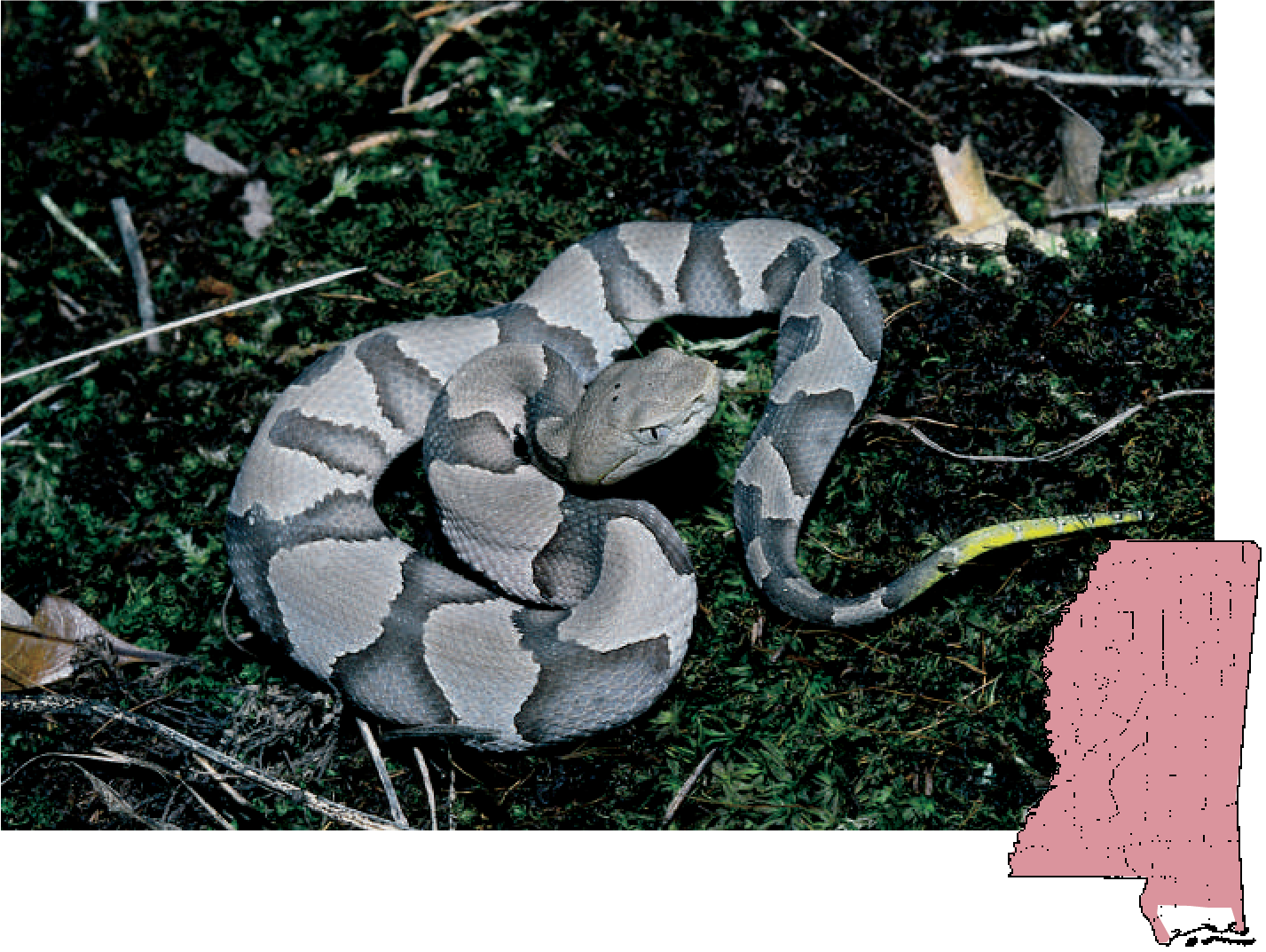



Mdwfp Venomous Snakes Of Mississippi



Copperhead Snake Look Alike Nomad Unlimited




Copperhead Snake Care Sheet Reptiles Cove



Www State Nj Us Dep Fgw Ensp Pdf Snake Id Avoid Confusion Pdf




Snakes Of Pennsylvania 21 Species 3 Of Them Venomous Pennlive Com
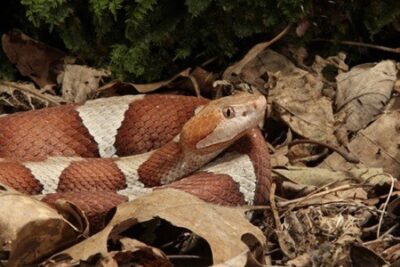



What A Copperhead Snake Looks Like With Pictures




How To Identify A Baby Copperhead Snake 10 Key Features Survival Freedom




Identifying Copperhead Snakes Home Garden Information Center
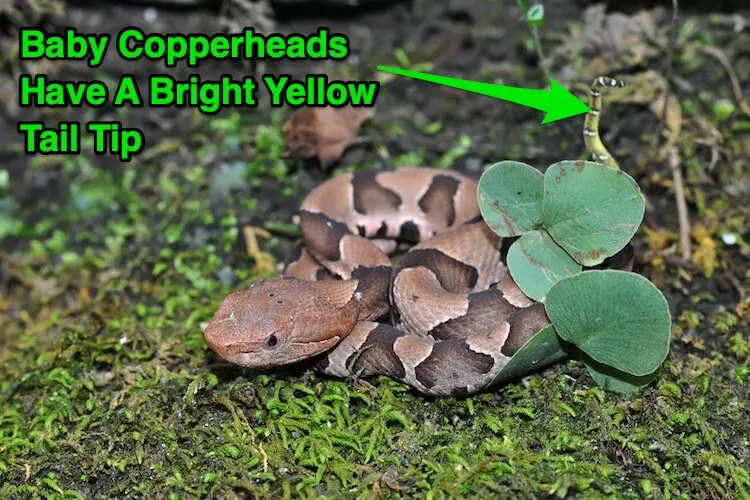



7 Ways To Identify Prevent Remove Baby Copperhead Snakes Everything Reptiles




How To Identify A Baby Copperhead Snake 10 Key Features Survival Freedom




How To Identify A Baby Copperhead Snake Quora
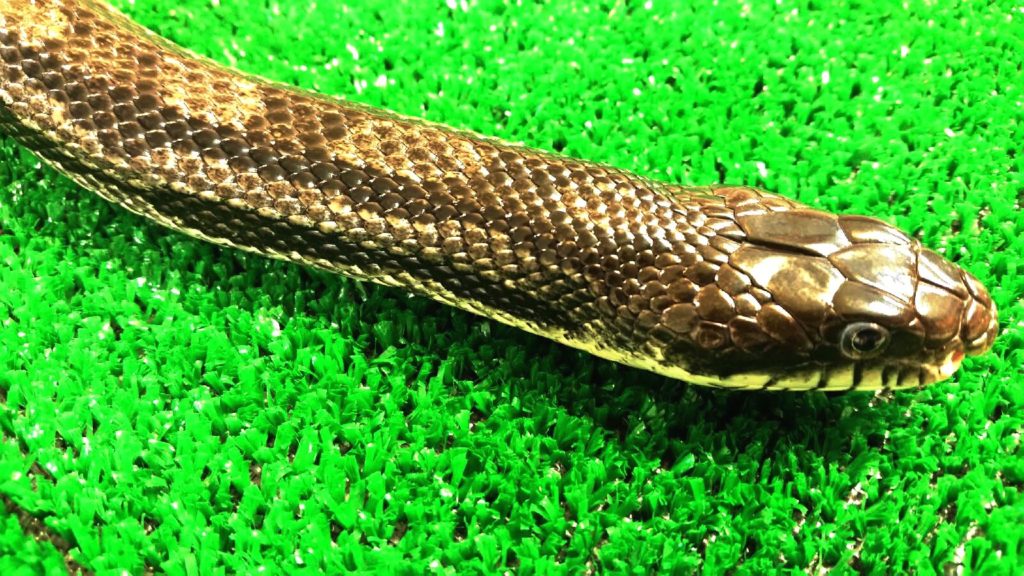



Virginia Living Museum Identifying Common Snakes
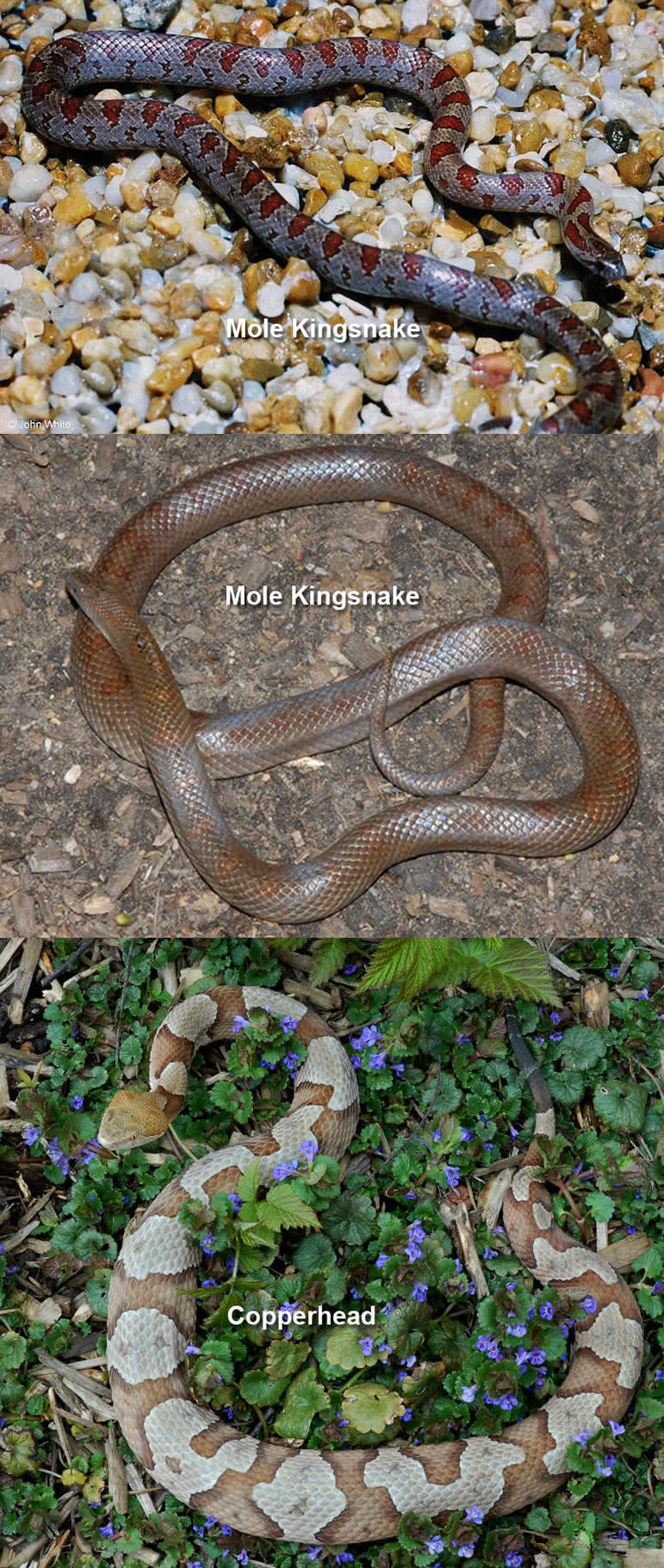



Copperheads And Similar Looking Harmless Species




Baby Copperheads How To Identify Them And Get Rid Of Them
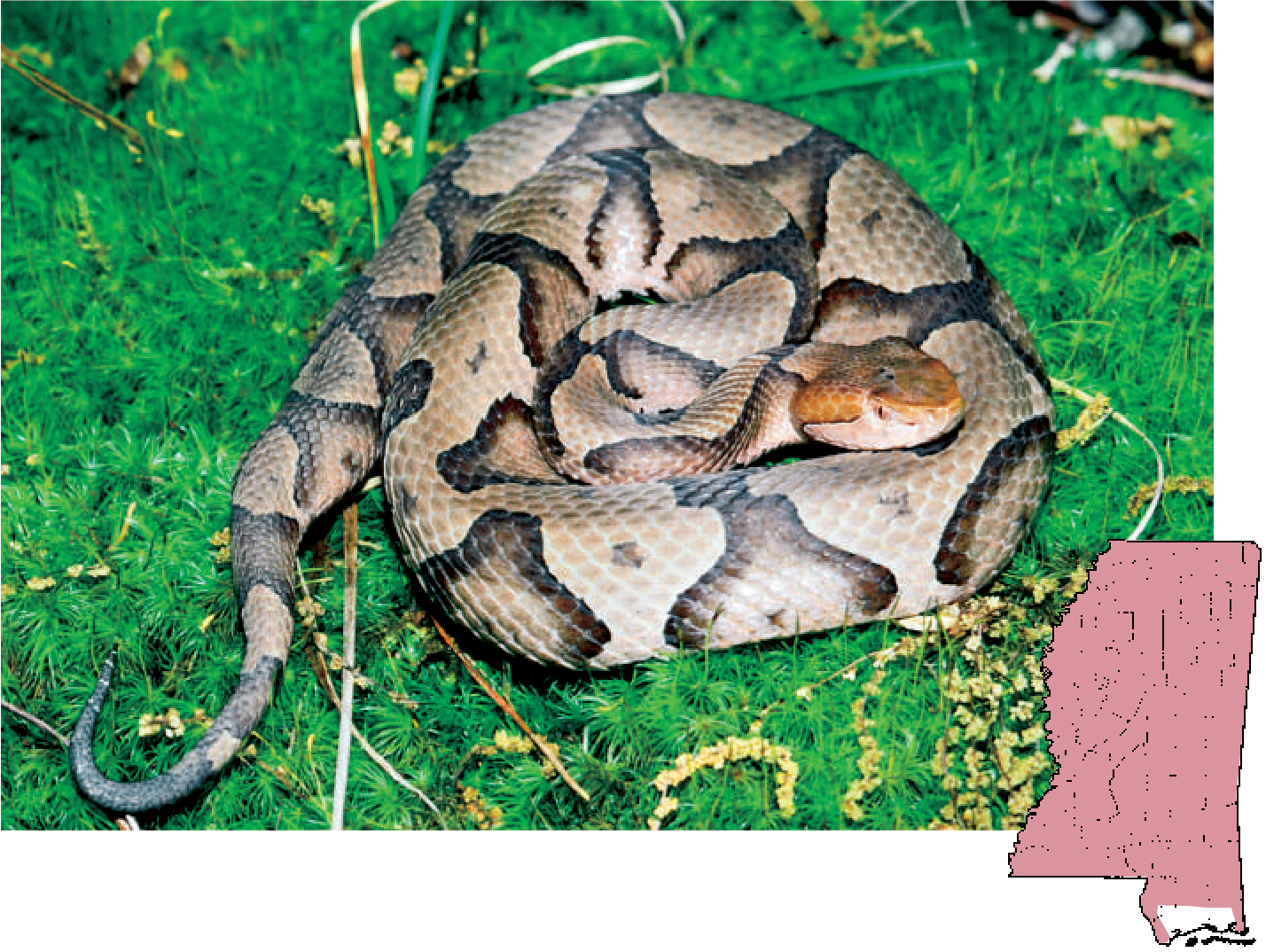



Mdwfp Venomous Snakes Of Mississippi



Snake Bellies Snakes In Western Massachusetts




The American Copperhead Snake Agkistrodon Contortrix Desertusa
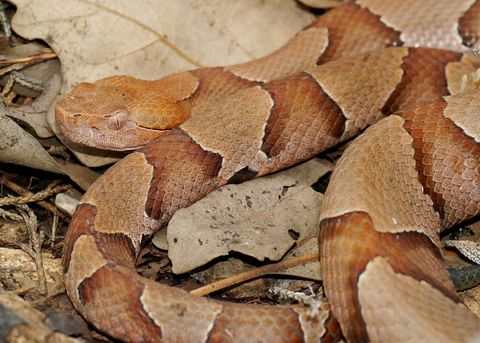



Copperhead Snakes Facts Bites Babies Live Science




Snakes Of Ohio Identifying All 25 Species Slideshow Cleveland Com




How To Identify The Copperhead



Copperheads And Similar Looking Harmless Species




Northern Copperhead




Baby Copperheads How To Identify Them And Get Rid Of Them




Copperhead Snakes And Water Snakes The Infinite Spider
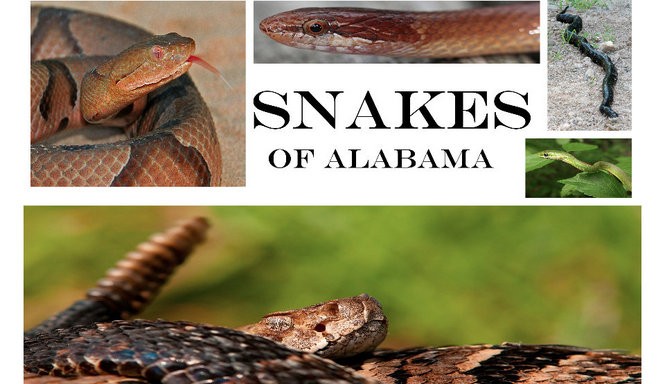



50 Snakes You Might Come Across In Alabama Al Com
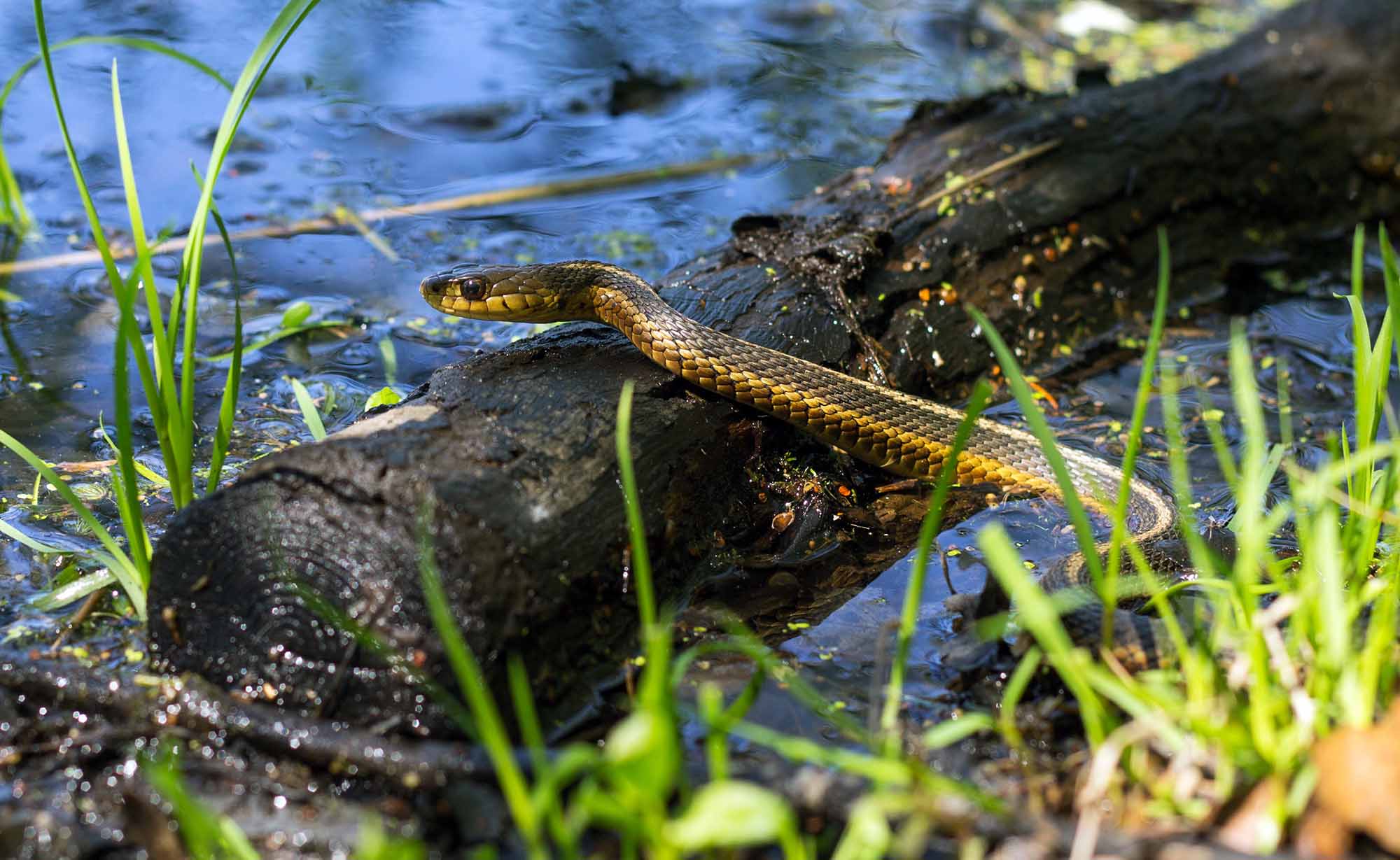



A Guide To Our Region S Snakes Teatown
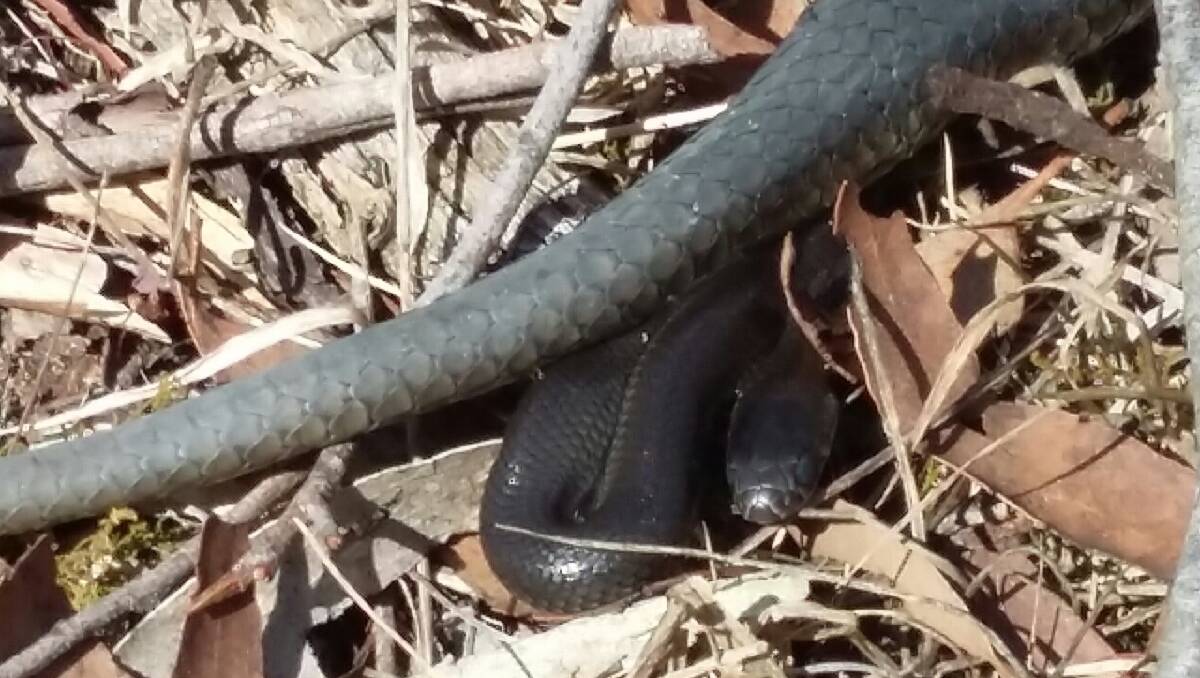



Baby Copperhead Seen The Courier Ballarat Vic




What Does A Baby Copperhead Snake Look Like Wild Bunny S Land
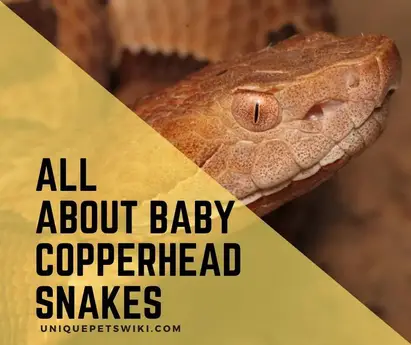



7 Ways To Identify Prevent Remove Baby Copperhead Snakes




How To Identify A Baby Copperhead Snake Quora




7 Ways To Identify Prevent Remove Baby Copperhead Snakes
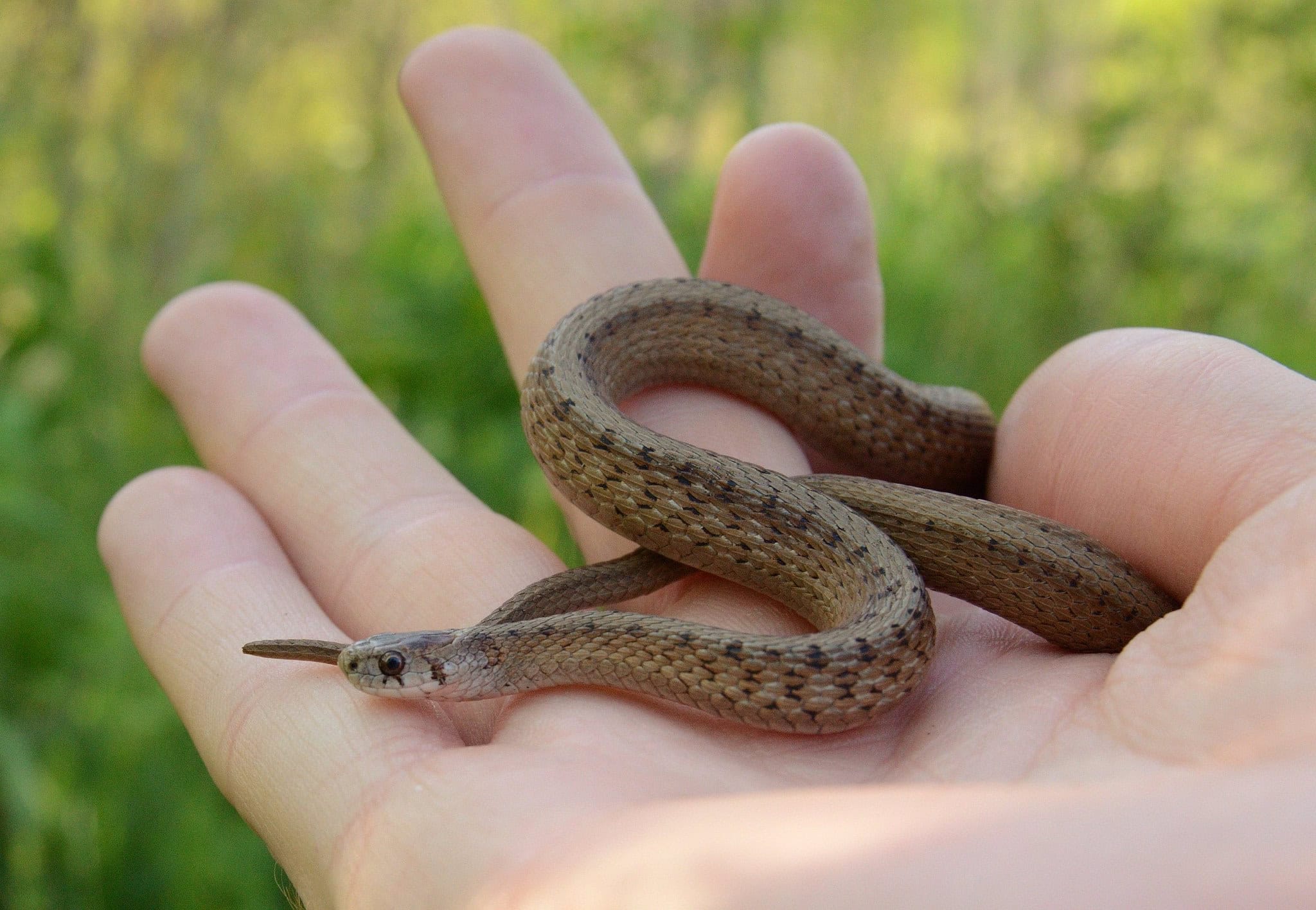



A Guide To Our Region S Snakes Teatown




Nc Venomous Poisonous Snakes Copperhead Moccasin Photos Raleigh News Observer
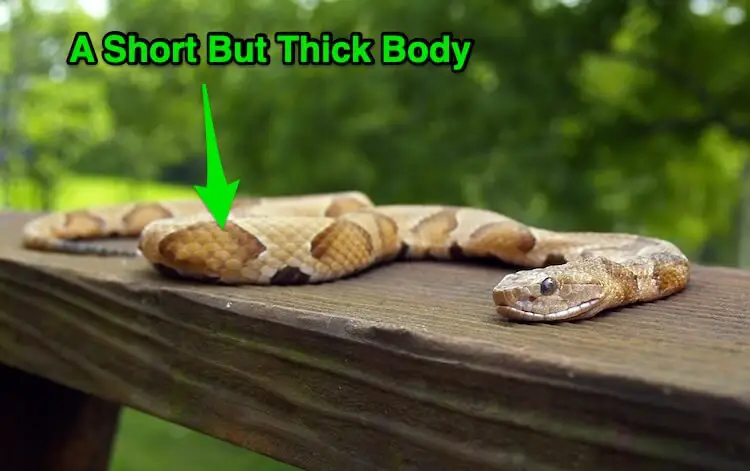



7 Ways To Identify Prevent Remove Baby Copperhead Snakes Everything Reptiles




Facts You Did Not Know About Baby Copperheads
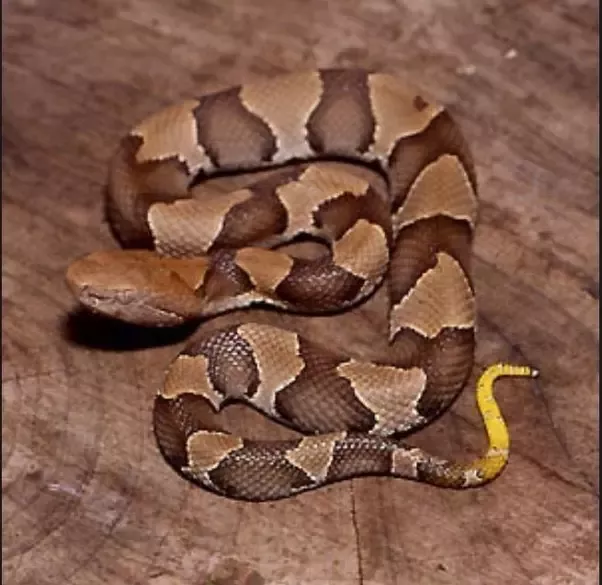



How To Identify A Baby Copperhead Snake Quora




Snakes In Tn Watertown Transporting New House Middle School Tennessee Page 7 Baby Copperhead Snake Baby Snake Snake




Watch Out For Baby Copperhead Snakes Wfmynews2 Com
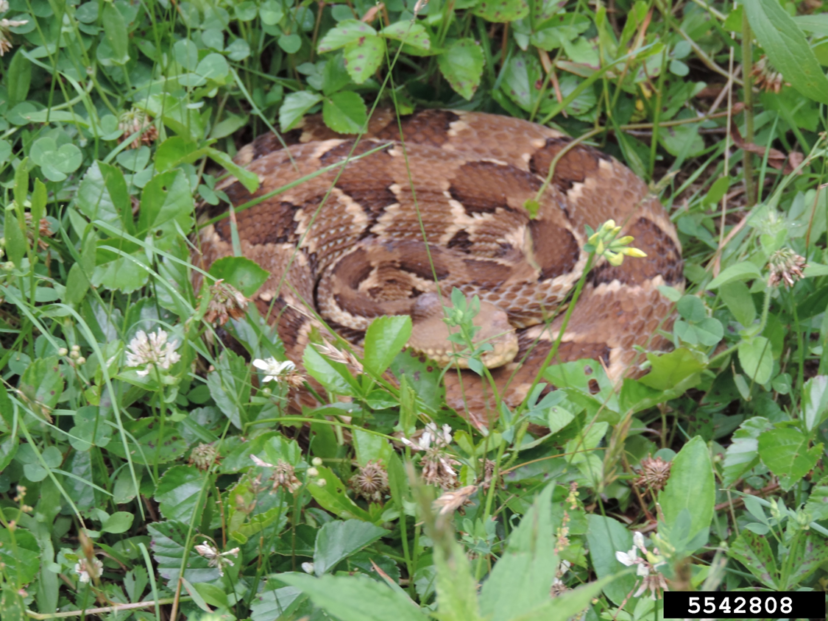



Identifying Copperhead Snakes Home Garden Information Center



Snake Bellies Snakes In Western Massachusetts
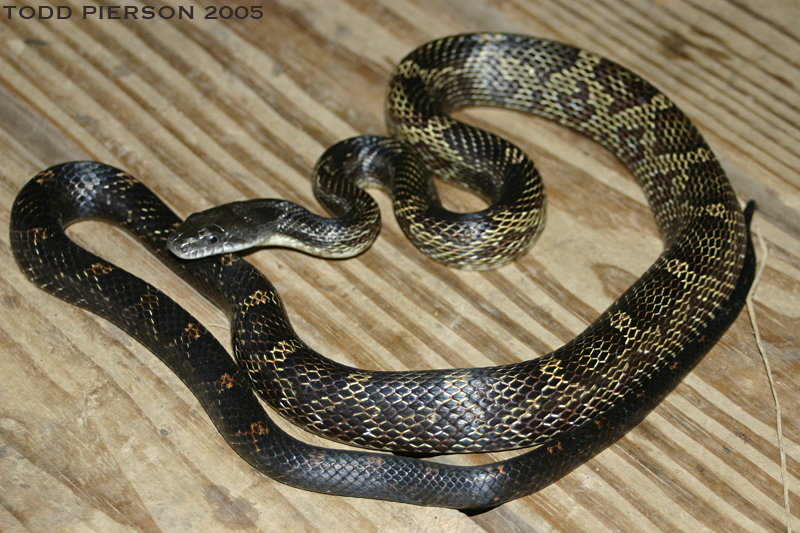



Springtime Snake Id Ohio History Connection
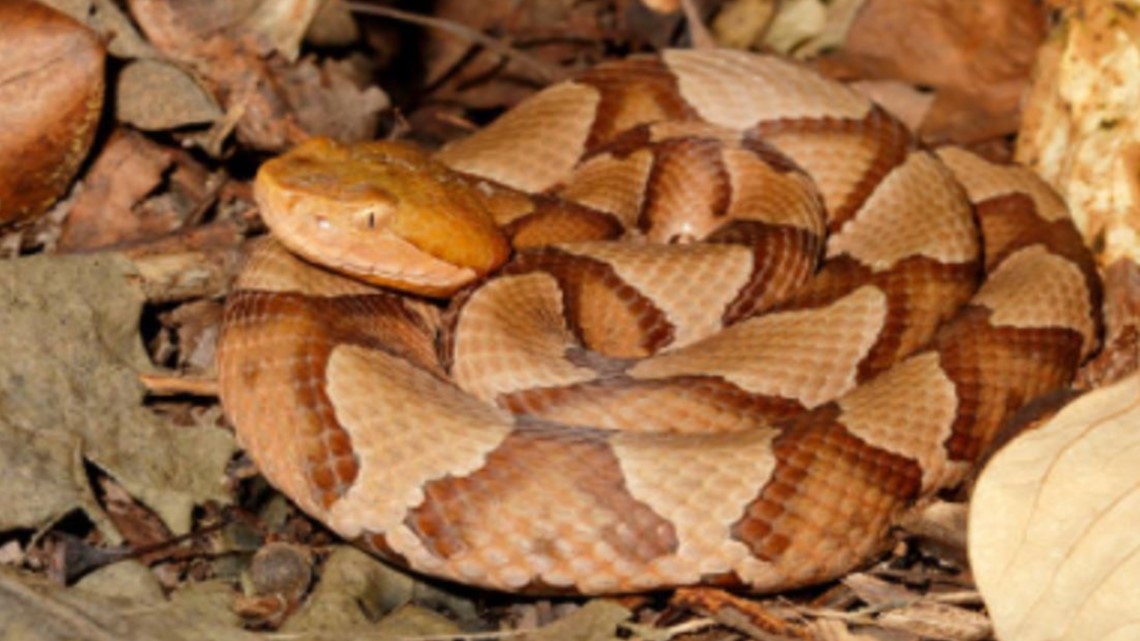



Watch Out For Baby Copperhead Snakes Wfmynews2 Com




How To Identify The Copperhead
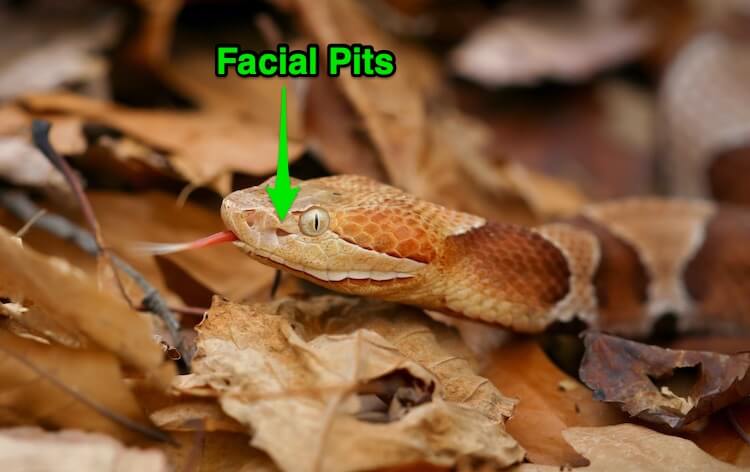



7 Ways To Identify Prevent Remove Baby Copperhead Snakes Everything Reptiles




Six Snakes In Arkansas Are Venomous How To Protect Yourself And Them
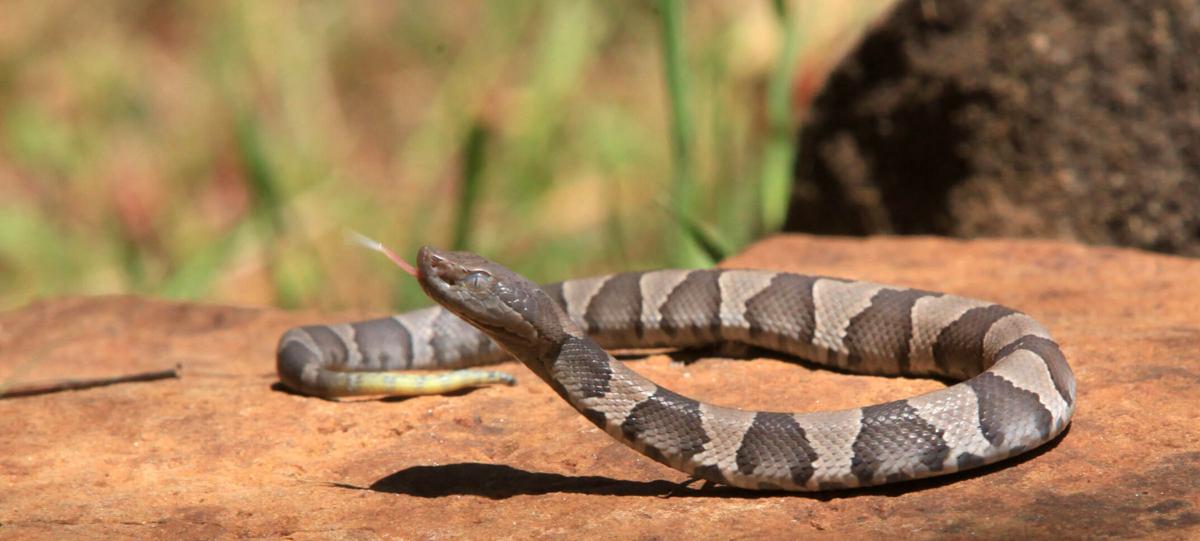



Snakes Alive Copperhead Other Snake Encounters More Likely As Days Shorten Weather Cools Local News Tulsaworld Com



Copperheads And Similar Looking Harmless Species




Facts You Did Not Know About Baby Copperheads



Snakes Of Nebraska Nebraska Game And Parksnebraska Game And Parks




Six Snakes In Arkansas Are Venomous How To Protect Yourself And Them



Www Ncwildlife Org Portals 0 Learning Documents Profiles Reptile Copperhead Wildlife Profile Final Pdf




How To Identify A Baby Copperhead Snake 10 Key Features Survival Freedom
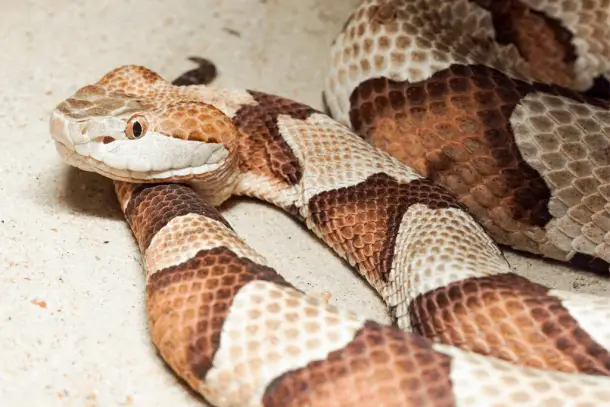



What Do Baby Copperhead Snakes Look Like Reptilia Planet




How To Identify A Baby Copperhead Snake 21 Pictures
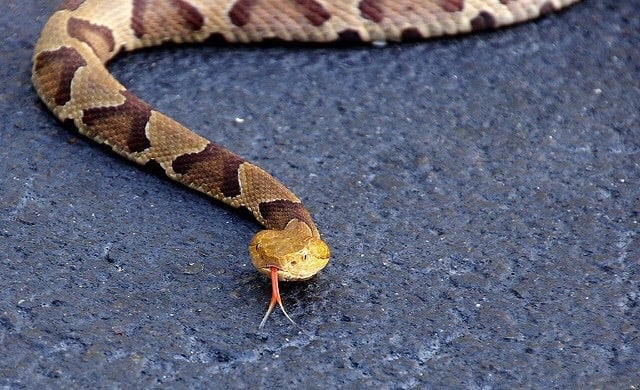



Baby Copperhead Snake Identification Guide Look For These 5 Things Embora Pets
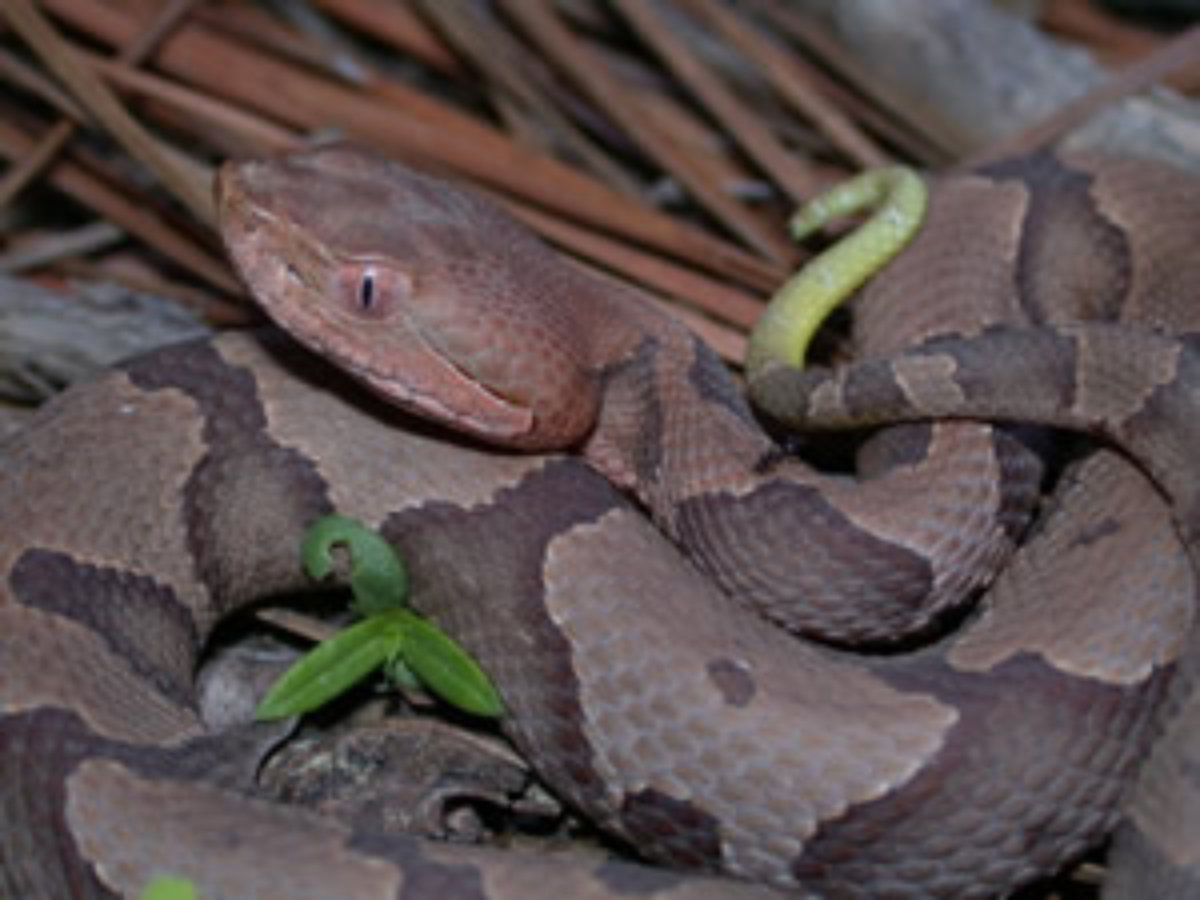



Baby Copperheads Are Out Walterboro Live
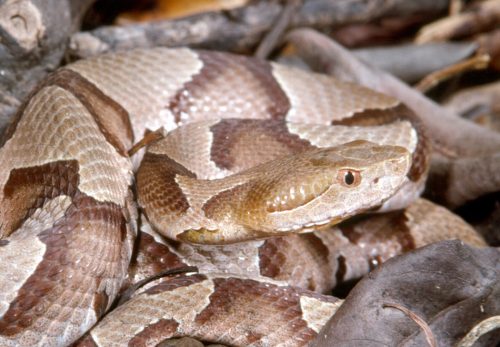



Florida Cottonmouth Florida Snake Id Guide



3
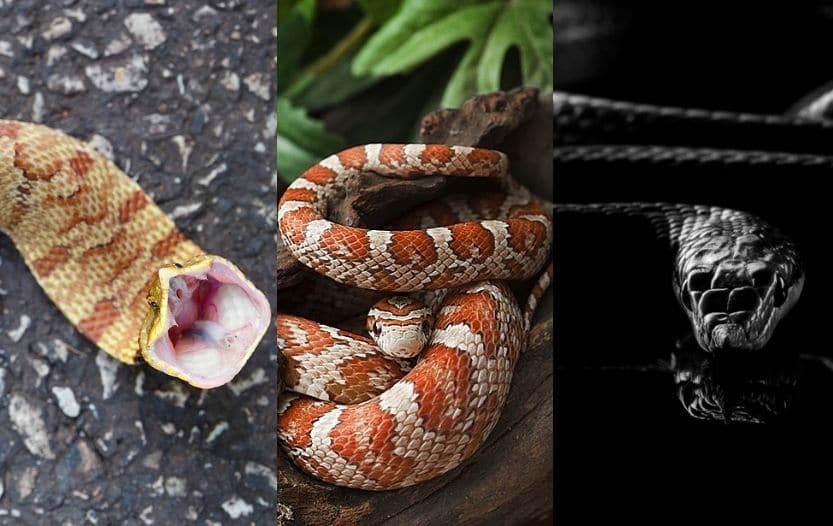



Copperhead Snake Look Alikes Snake Identification Defiel



1
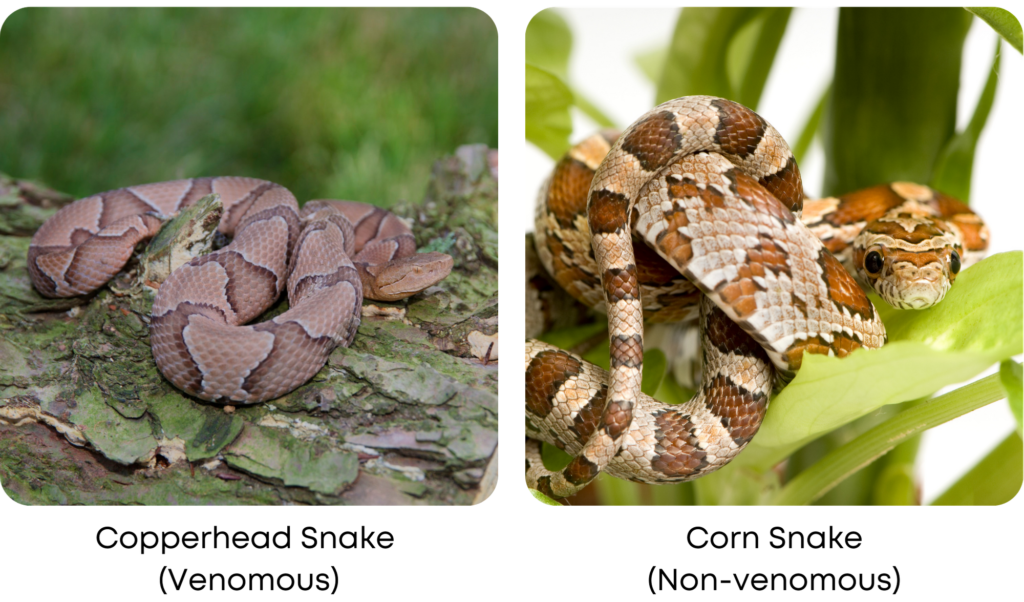



Carolina Pest What To Do When You Find A Snake In Charlotte
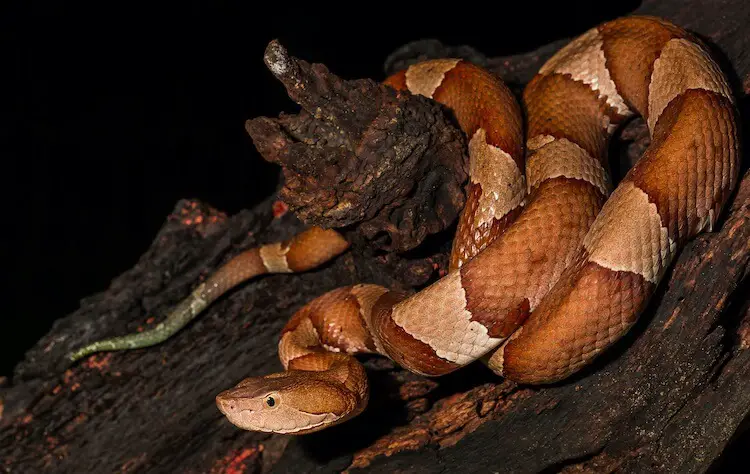



7 Ways To Identify Prevent Remove Baby Copperhead Snakes Everything Reptiles




5 Ways How To Tell The Difference Between Cottonmouths Water Moccasins And Copperheads Living Alongside Wildlife



What Does A Baby Copperhead Look Like Quora
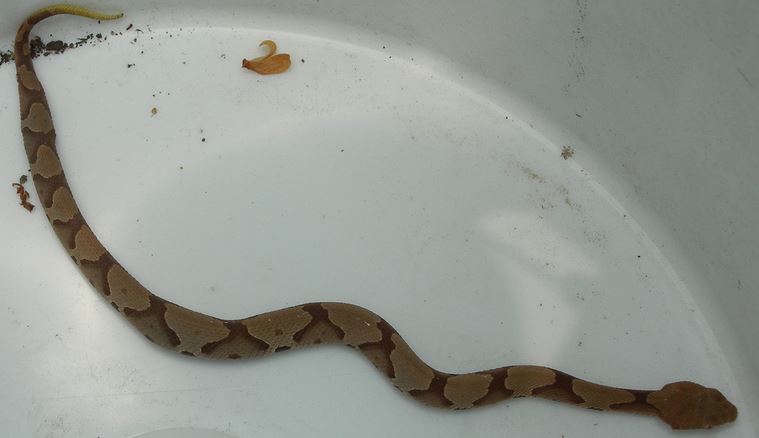



Copperhead Snakes And Water Snakes The Infinite Spider
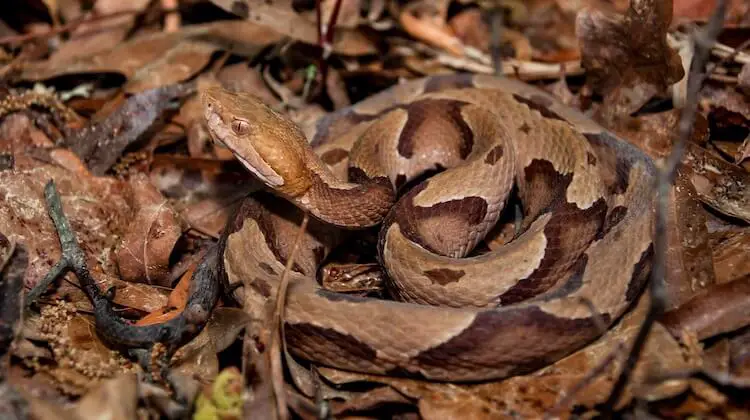



7 Ways To Identify Prevent Remove Baby Copperhead Snakes Everything Reptiles




Copperhead Snakes And Water Snakes The Infinite Spider




Snakes Of Ohio Identifying All 25 Species Slideshow Cleveland Com




Copperhead Snakes And Water Snakes The Infinite Spider




Pin On Snakes
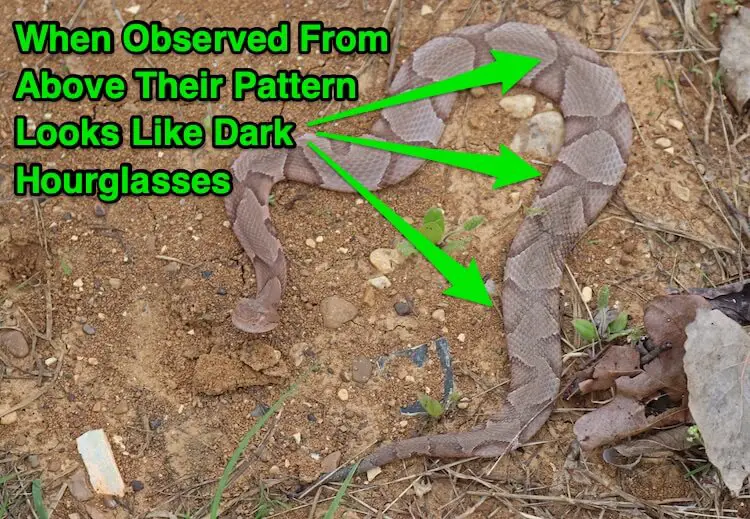



7 Ways To Identify Prevent Remove Baby Copperhead Snakes Everything Reptiles
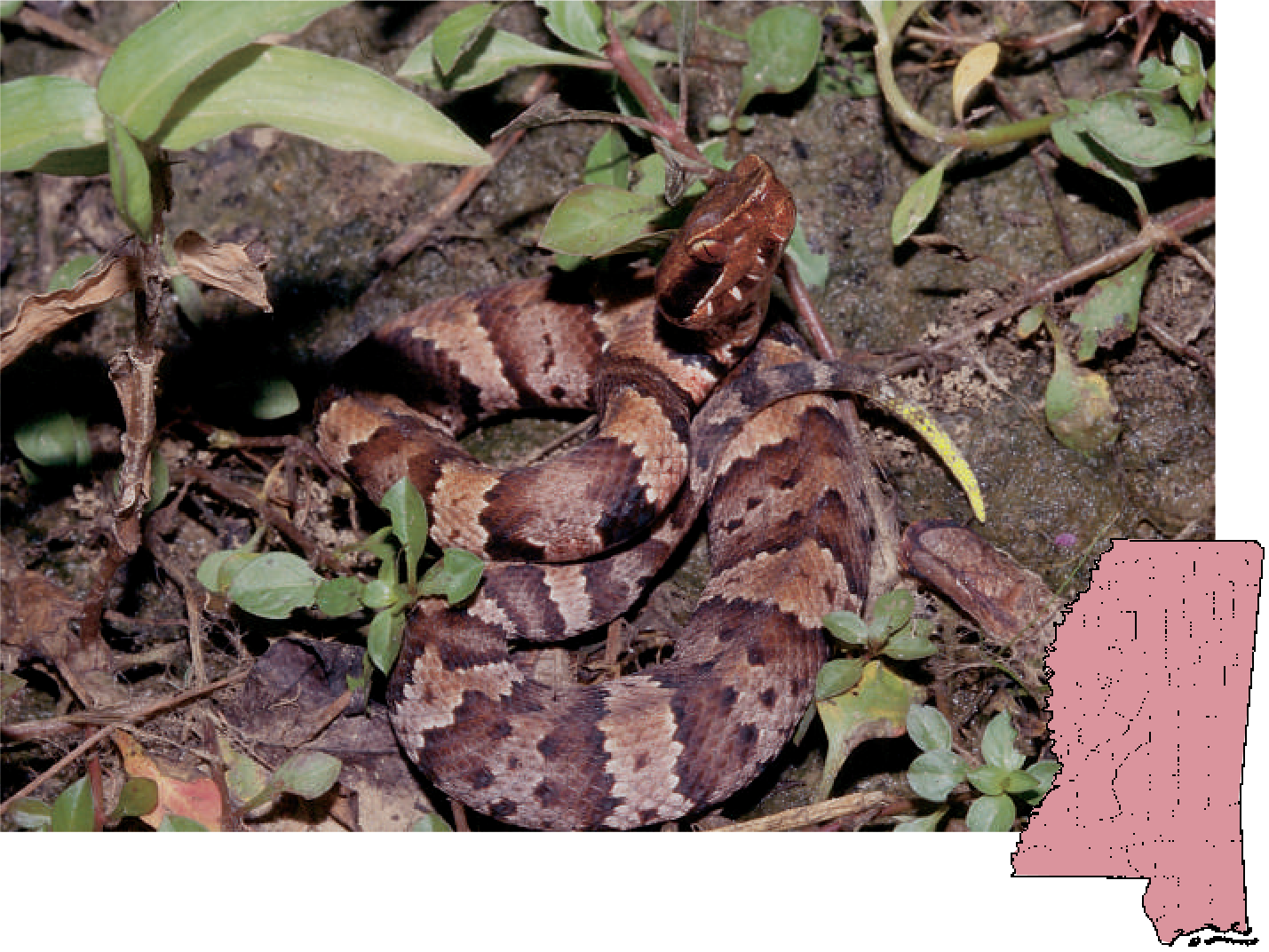



Mdwfp Venomous Snakes Of Mississippi
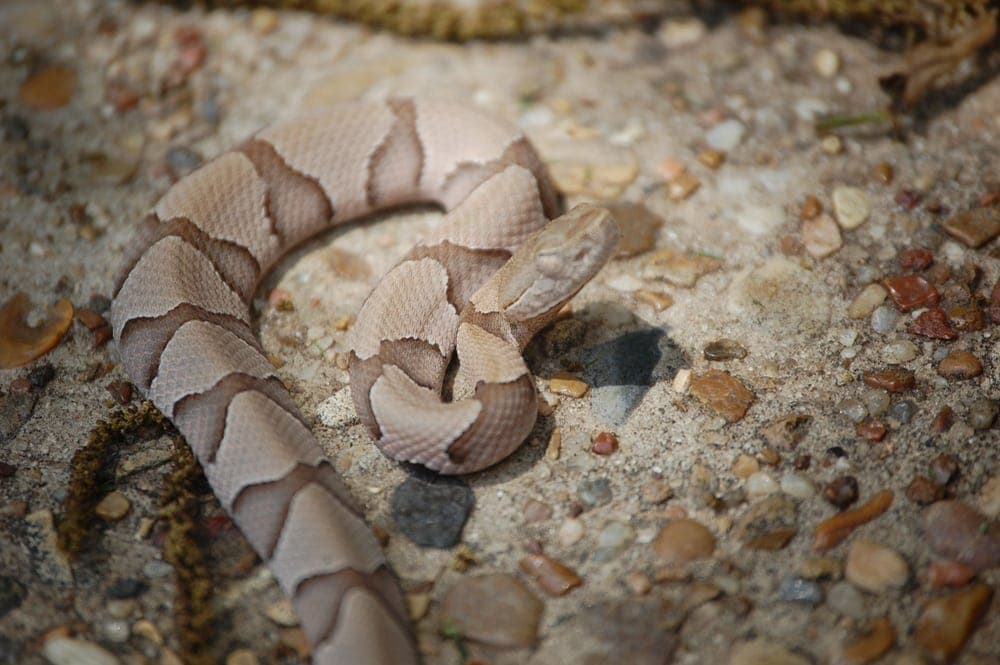



How To Identify A Baby Copperhead Snake Petsoid


